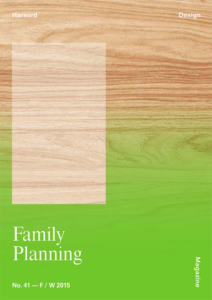The Round Table
The kitchen table was round and heavy, with a brawny, molded pedestal and a two-and-a-half-inch-thick butcher-block surface. For 30 years it stood in the same spot, as if the house, and our family, had grown around its solid maple base. And in fact, we had.
The table was where we lived. Ten people could squeeze around it, but most nights we were five, plus two dogs dozing underneath. And although we were the “creative” house on the block, there were clear rules for setting the table for dinner: dishes, utensils, napkins, and glasses had their assigned positions, as did people—Dad occupied the “head,” directly under the wall-mounted phone, its spiral rubber cord a direct link to his other “family,” the office. Mom sat opposite Dad against a kitchen-counter backdrop, in easy reach of the pans on the stove. And on either side of the Dad–Mom axis were us kids—the oldest and youngest on one side, the middle on the other.
Though comfortable, our structured seating arrangement seemed vaguely at odds with the symbolic form of the table. Could it be that our democratic family circle was in fact—gasp!—a prescribed rectangle? Despite the round table’s Arthurian nod to equity, our family, it turns out, was as hierarchical and gendered as any.
The table-setting ritual was our daily affirmation of the inherited order of the nuclear family—a construction that continues to govern the architecture of so many households. But as family configurations evolve and atomize, and “exceptions” become the norm—divorced, blended, solo, cooperative, childless, single-parent, widowed, queer, aging, migrant, transnational, foster, adoptive, multigenerational—the material construct of our homes, institutions, and cities asks to be reconsidered.
This issue of Harvard Design Magazine is based on the premise that we need to imagine new, different spaces for living together. It confronts the persistent myth of the nuclear family and reconsiders the architectures that contain and reproduce it. It examines how family realities influence, and are influenced by, the spaces we inhabit, and the patterns of our existence in cities, suburbs, and the countryside. Do these spaces correspond to the way we live, or want to live? Do they enable and support, or dictate and confine? And how do other social constructs—corporations, institutions, communities—mirror or redefine familial configurations?
“Family Planning” looks at spaces of home and belonging, and notions of property, ownership, and connection, addressing questions of what constitutes a family and the legal overtones of inclusion, citizenship, and basic rights. In doing so, it interrogates and reimagines the space of the family unit, presenting alternatives, past and future, for diverse family configurations to flourish in the built environment. Because everyone needs a place at the table, whatever its shape.

